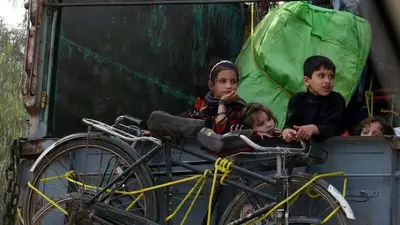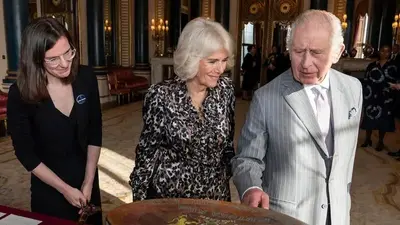World News
The operation could start soon to rescue a sick American researcher 3,000 feet into a Turkish cave
ANTALYA, Turkey -- An American researcher who fell ill almost 1,000 meters (more than 3,000 feet) below the entrance of a cave in Turkey, has recovered sufficiently enough to be extracted in an operation that could last three or four days, a Turkish official was quoted as saying on Friday.
Mark Dickey, a 40-year-old experienced caver, became suddenly ill with stomach bleeding during an expedition with a handful of others in the Morca cave in southern Turkey’s Taurus Mountains. Rescuers from across Europe have rushed to the cave for an operation to save him, including a Hungarian doctor, who reached and treated him.
“The doctors we sent down were very successful in treating him,” Cenk Yildiz, a regional official from Turkey’s disaster relief agency, told the IHA news agency. “We are now in a position to evacuate him.”
“This is a difficult operation. It would take a (healthy) person 16 hours to come out. This operation will last at least three or four days,” Yildiz continued. “Our priority is health. Our aim is to conclude this operation without anyone coming under any danger.
Late on Thursday, members of Italy’s National Alpine and Speleological Rescue Team, including at least a doctor and a nurse, joined rescue teams from Bulgaria, Croatia, Hungary, Italy, Poland and Turkey. A Turkish helicopter was on standby near the entrance of the cave, Turkish media reports said.
Dickey was seen standing and moving around in a video message from inside the cave that was made available by Turkish authorities on Thursday. He said while he is alert and talking, he is not “healed on the inside” and will need a lot of help to get out of the cave.
In the message he also thanked the caving community and the Turkish government for their efforts.
“The caving world is a really tight-knit group and it’s amazing to see how many people have responded on the surface,” said Dickey. “ ... I do know that the quick response of the Turkish government to get the medical supplies that I need, in my opinion, saved my life. I was very close to the edge.”
The New Jersey-based cave rescue group that Dickey is affiliated with said he had been bleeding and losing fluid from his stomach, but he has now stopped vomiting and has eaten for the first time in days. It was not clear what caused the medical issue.
Doctors were expected decide whether he will need to leave the cave on a stretcher or if he can leave under his own power. The New Jersey Initial Response Team said the rescue will require many teams and constant medical care inside the cave, which is also quite cold.
The cave was being prepared for Dickey’s safe extraction, including passages being widened and the danger of falling rocks being addressed, according to the Hungarian Cave Rescue Service and other officials.
Dickey was described by the association as “a highly trained caver and a cave rescuer himself” who is well known as a cave researcher, or speleologist, from his participation in many international expeditions. He is secretary of the association’s medical committee.
The researcher was on an expedition mapping the 1,276-meter (4,186-foot) deep Morca cave system for the Anatolian Speleology Group Association when he ran into trouble about 1,000 meters down, according to Yusuf Ogrenecek of the Speleological Federation of Turkey. He initially became ill on Sept. 2, but it took until the morning of Sept. 3 to notify others who were above ground.
More than 170 people, including doctors, paramedics and experienced cavers, are involved in the rescue operation.
__
Suzan Fraser in Ankara, Turkey; Robert Badendieck in Istanbul; Mike Catalini in Trenton, New Jersey; Darko Bandic in Zagreb, Croatia; Justin Spike in Budapest, Hungary; Aritz Parra in Madrid; Monika Scislowska in Warsaw, Poland; Patricia Thomas in Rome; and Rhonda Shafner in New York contributed to this report.
-

 World News3h ago
World News3h agoA Week After Spain’s Catastrophic Floods, Families Hold Out Hope That Loved Ones Are Not Among the Dead
-

 World News8h ago
World News8h agoNorth Korean Troops in Russia Are Shelled by Ukrainian Forces, an Official Says
-
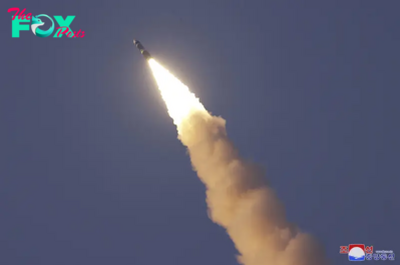
 World News1d ago
World News1d agoNorth Korea Fires Multiple Missile Tests in Show of Force on U.S. Election Day
-
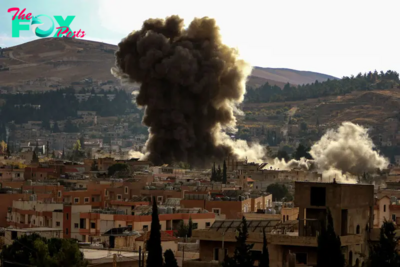
 World News2d ago
World News2d agoIsrael-Hezbollah Conflict Death Toll in Lebanon Surpasses 3,000 in 13 Months
-
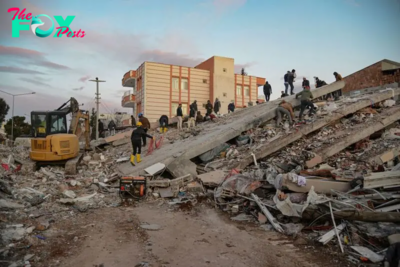
 World News2d ago
World News2d agoHow AI Is Being Used to Respond to Natural Disasters in Cities
-
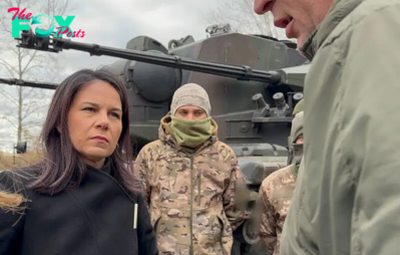
 World News2d ago
World News2d agoGermany’s Top Diplomat Is in Kyiv as Ukraine Braces for Impact of U.S. Election on the War
-
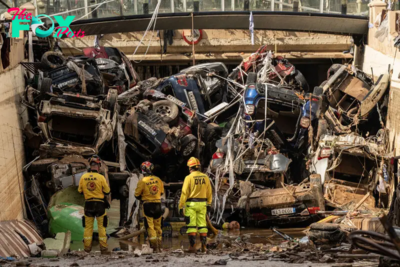
 World News2d ago
World News2d agoWhat to Know About the Unprecedented Floods That Killed More Than 200 in Spain
-
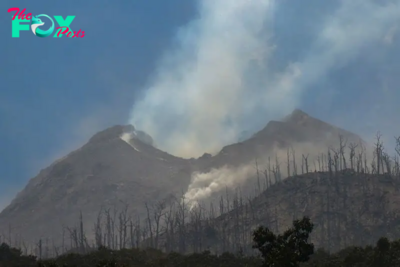
 World News2d ago
World News2d agoVolcanic Eruptions in Indonesia Kill at Least 10






